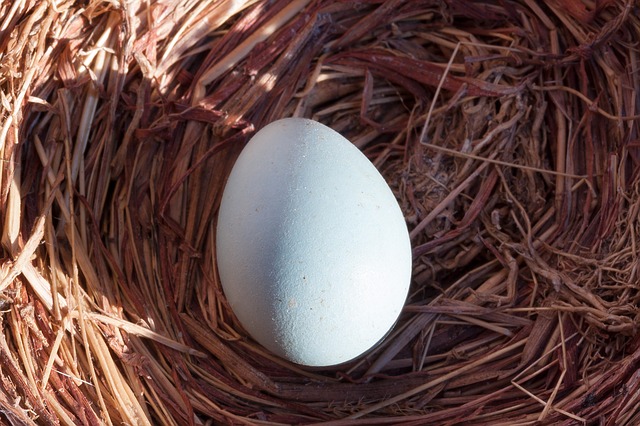
The heavily publicised ‘gig economy’, powered by the internet, has forced those classing themselves as self-employed to sky-rocket in recent years – indeed, the current estimate is that over 4 million are working for themselves.
And that’s despite the element of risk that self-employment presents, since you’re not always covered as full-time employees are, with ‘benefits’ like contracted hours or employer-backed pensions.
While businesses across the country have been busily implemented the government-backed workplace pension, the self-employed might be feeling left out in the cold, wondering what pension choices are right for them.
State Pension

The State Pension for the current tax year is £159.55 per week. You’ll receive this regardless of your self-employed status; it’s your entitlement.
While this rate may increase, it generally offers just enough to get by – those looking to enjoy their retirement years will usually need to bring in more retirement income from another source.
Personal Pension
The biggest advantage of a personal pension is that it’s yours. That’s a good thing, because there are lots of distinct types of pension plans out there, giving you a lot more flexibility over which one you wish to invest in. The types are:
• Ordinary pension – the most familiar and accessible of the three, these are the standard pension you’ll find from most providers
• Self-invested pension
• Stakeholder pension
Picking the right pension may seem overwhelming at first, so you’ll want to spend some time thoroughly researching the major differences between them, and what’s on offer, to find the one best suited to your individual needs.
National Employment Savings Trust

It’s no coincidence that the National Employment Savings Trust is known as NEST, since a nest-egg is precisely what it provides.
The workplace pension, which automatically enrols workers, sees the government, employers, and employees all chip into a pension pot.
If everyone pays in the minimum mandated amount, the government will put on 0.2%; the employer pays 1/0%; the employee pays 0.8%.
These percentages increase, each tax year, for all involved. And with no owners or shareholders, the independent NEST claims to work ‘for the benefit of members’.
But where does that leave the self-employed?
If you work for yourself, the big benefit of NEST is that the rate they charge is extremely low, leaving you with more money in the pension pot when compared to many alternatives.
Happily, working for yourself and having no direct employer does not necessarily exclude you from NEST. Some self-employed workers may still be eligible to enrol in the pension scheme, and voluntarily sign up.
If you end up being employed by somebody else in the future, then you’ll be able to carry on using your existing pension pot, and your employer will be able to start paying in contributions.
Whatever you choose, you’ll also be able to reap tax benefits. Annually, contributions up to the current call of £40,000 are eligible for tax relief (of course, you can pay more than that into your fund should you want to).
If you’re a basic rate income tax payer, you’ll get a 20% tax relief. Your pension provider might automatically enrol you – many do – but it’s worth checking, as you may have to enrol yourself.
